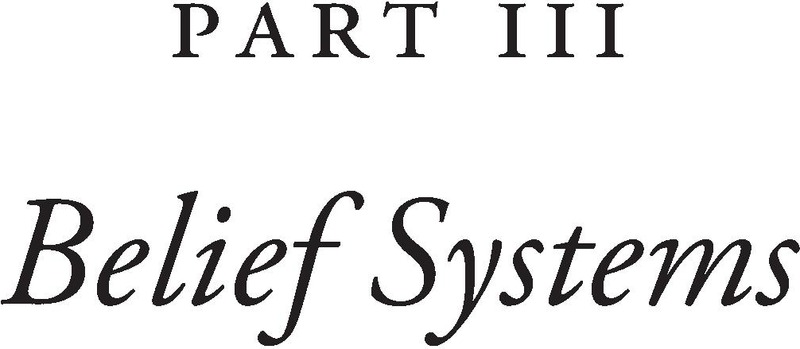Book contents
- Latin American Literature in Transition Pre-1492–1800
- Latin American Literature in Transition
- Latin American Literature in Transition Pre-1492–1800
- Copyright page
- Dedication
- Contents
- Figures
- Contributors
- Acknowledgments
- Introduction Dwelling in Transitions
- Part I Land, Space, Territory
- Part II Body
- Part III Belief Systems
- Part IV Literacies
- Part V Languages
- Part VI Identities
- Index
- References
Part III - Belief Systems
Published online by Cambridge University Press: 25 November 2022
- Latin American Literature in Transition Pre-1492–1800
- Latin American Literature in Transition
- Latin American Literature in Transition Pre-1492–1800
- Copyright page
- Dedication
- Contents
- Figures
- Contributors
- Acknowledgments
- Introduction Dwelling in Transitions
- Part I Land, Space, Territory
- Part II Body
- Part III Belief Systems
- Part IV Literacies
- Part V Languages
- Part VI Identities
- Index
- References
Summary

- Type
- Chapter
- Information
- Latin American Literature in Transition Pre-1492–1800 , pp. 135 - 208Publisher: Cambridge University PressPrint publication year: 2022

